How Important is a Robot's Sense of Touch?

Posted on Feb 04, 2016 7:00 AM. 7 min read time
Do we really need our sense of touch? It's difficult to imagine the world without one. As roboticists, we often have to make a decision whether or not we are going to give our robots a sense of touch. Adding force sensors often increases the system complexity, so it is not a decision to be taken lightly. In this post, we examine what life is like without a sense of touch and how thinking about this can help us to improve our understanding of robot force sensing.
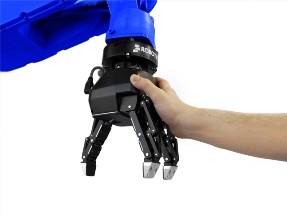
Traditionally, we were taught that people have five senses: sight, hearing, touch, smell and taste.
These days, scientists say that we have more senses than just these basic five, ranging from seven to 21 senses or more. These extra senses include: proprioception (sensing the position of your own limbs), temperature, pain, vestibular (balance & acceleration), vibration, kinesthesis (sensing the movement of your own body) and internal chemical receptors.
It's quite easy for us to imagine losing our other senses: sight (to become blind), hearing (to become deaf) and even to lose our senses of smell and taste (which is actually very common and can be caused by many medical conditions). Although it would be difficult to live without these senses, we can at least imagine it a little.
It is much harder to imagine losing our sense of touch, and associated senses like vibration, proprioception and kinesthesis.
What would the world look like if we couldn't feel it?
We use force and tactile sensors to provide these senses to our robots. Proprioception also has elements of joint position feedback, which we provide robots by using position sensors.
However, sometimes force feedback is not necessary for our applications.
How can we decide not to give robots a sense of touch if we can't imagine living without it ourselves?
How the World Feels Without a Sense of Touch
Although it's less common than deafness or blindness, there are people who live without a sense of touch. Here are three ways that people can experience it and how these ways might relate to robotics:
A Localized Numbness
Perhaps the easiest way to imagine losing your sense of touch is to compare it to being given an anesthetic when preparing for a surgical operation. Anesthesia means "without feeling" in Greek and it can also refer to a medical symptom. Usually, medical anesthetics also send us to sleep, so we don't pay much attention to the lack of tactile sensations.
Tactile anesthesia, also known as anaphia, is a medical symptom where a person loses their sense of touch, either completely or partially. It is usually restricted to a very localized part of the body and can be brought on by various causes including lead poisoning.
How would tactile anesthesia feel? Like a localized numbness.
For robotics, a tactile anesthesia of the hand would be comparable to a robot with no force sensors in its wrist or fingers.
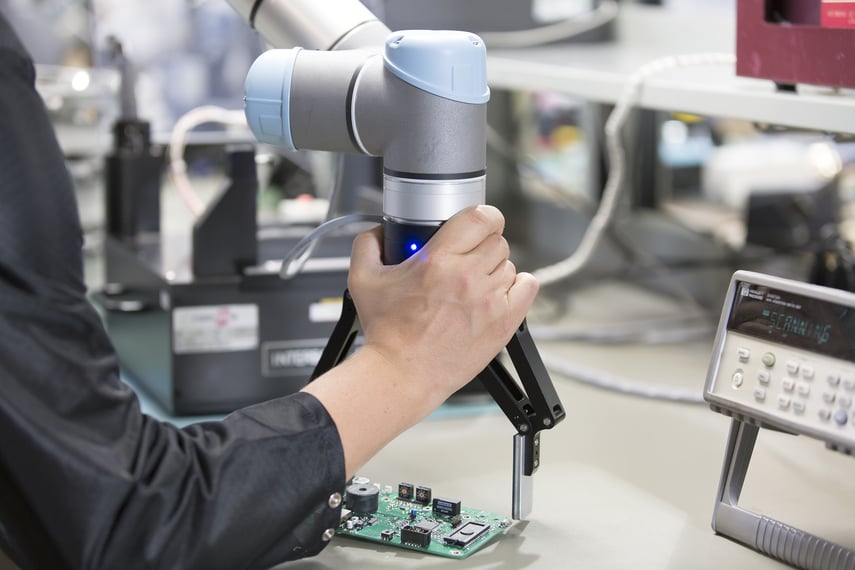
A Dysfunctional Sense of Touch
Sensory perceptive disorder is one condition which can remove, or reduce, a person's sense of touch and proprioception (it can affect other senses as well). People with this disorder have trouble processing the information coming from their senses and as a result have difficulties interacting with the world.
Proprioceptive dysfunction is more common than a loss of tactile sensing. For tactile input, it is more common to have hypersensitivity to touch (i.e. finding all tactile sensations overwhelming). Children with proprioceptive dysfunction often play very roughly (due to reduced touch input), apply incorrect pressure when picking up objects and have difficulty performing activities like riding a bike or running.
How would proprioceptive dysfunction feel? Like your body was out of control.
For robotics, proprioceptive dysfunction would be comparable to a robot with a badly functioning force sensor.
A Complete Lack of Touch
Finally, in very rare cases, people can completely lose their senses of touch, kinesthesis and proprioception. Without any sense of touch, they have no idea where their limbs are without looking at them.
One fascinating example is the case of Ian Waterman, who lost all of his senses of touch after a case of gastric flu, causing a condition called sensory neuropathy. Although he was told he would never walk again, he was determined not to spend the rest of his life in a wheelchair. Over several years, he completely relearned how to sit, walk and gesture using only his sense of sight as feedback. Closing his eyes would mean completely losing control of his limbs, so he must continually watch his own feet to avoid falling over. Here is a short video of him talking about his condition with neuroscientist Jonathan Cole and also a fascinating full-length documentary. Another person with sensory neuropathy is Julie Malloy, who had the condition from birth and lost her fingers because she couldn't feel them being damaged.
How would sensory neuropathy feel? As Ian experienced, like a scary floating sensation.
For robotics, sensory neuropathy would be comparable to a robot with no force sensors or position feedback, only a vision system.

The Importance of Touch
As we can see, our sense of touch allows us to do more than just pick up objects. It also allows us to move around in the world, sit down, walk, open doors, tie our shoelaces and almost everything else which we consider normal.
But, touch does not only affect our physical interactions. Neuroscientist David J. Linden, author of the recent book "Touch: The Science of Hand, Heart and Mind," discusses how our sense of touch has huge effects on healthy child development, perceptions of trust and our entire human experience.
Although we sometimes give more attention to our other senses, our sense of touch could well be the most important.
A Sense of Touch for Robots
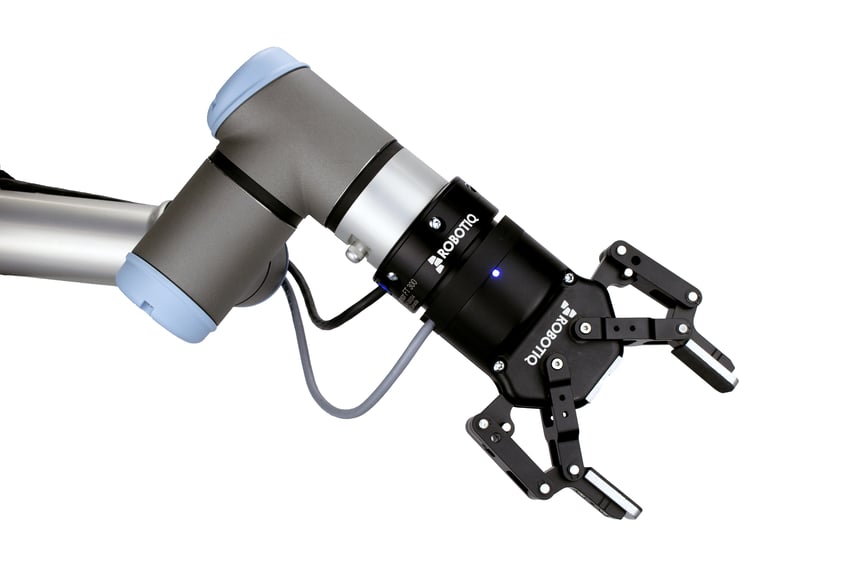
But what about robots? Do they also need a sense of touch?
We use force torque sensors to give robots the sense of touch. These can be attached to the robot's wrist to allow it to detect 6-axis force and torque applied to the environment. This allows it to precisely manipulate delicate objects, such as Lego blocks. It also gives the robot a whole load of other capabilities, such as applying constant pressure, hand guiding and weighing capability.
Just like the human senses of touch, robots can also use force torque sensors for proprioception and kinesthesis. Humanoid robots, like Honda's Asimo, use force torque sensors in their leg joints to balance and dynamically walk. Although most robots have an inherent sense of proprioception, thanks to their position sensors, only force sensors allow them to "feel" the movement of their limbs as we do.
There are also many options for tactile sensing for robots, which can be attached to robot grippers to increase their dexterity even further. These are more comparable to the tactile input which we feel on our fingers.
Although robots don't always need a sense of touch, their range of capabilities can be hugely expanded by the addition of force sensors. By examining our own sense of touch, perhaps we can appreciate how beneficial it can be in enabling our robots to perform even more tasks.
What do you think it would be like to lose your sense of touch? Have you decided to give your robot a force sensor? What tasks do force sensors allow you to perform that you couldn't before? Tell us in the comments below or join the discussion on LinkedIn, Twitter or Facebook.


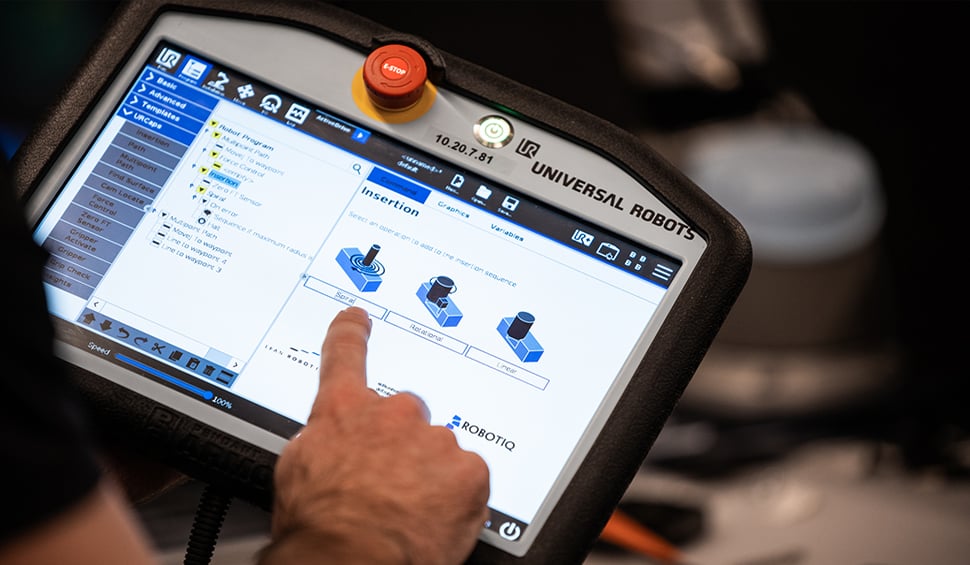
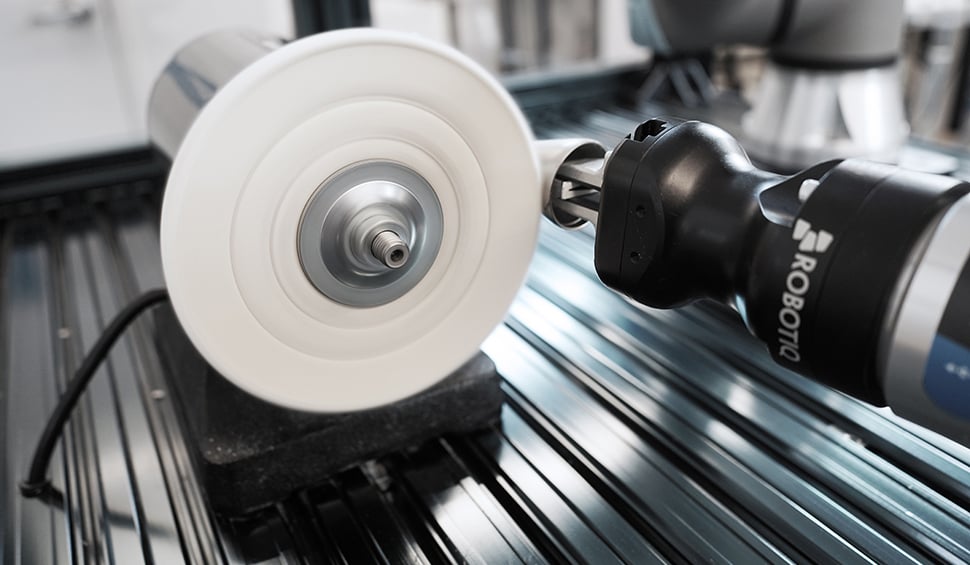
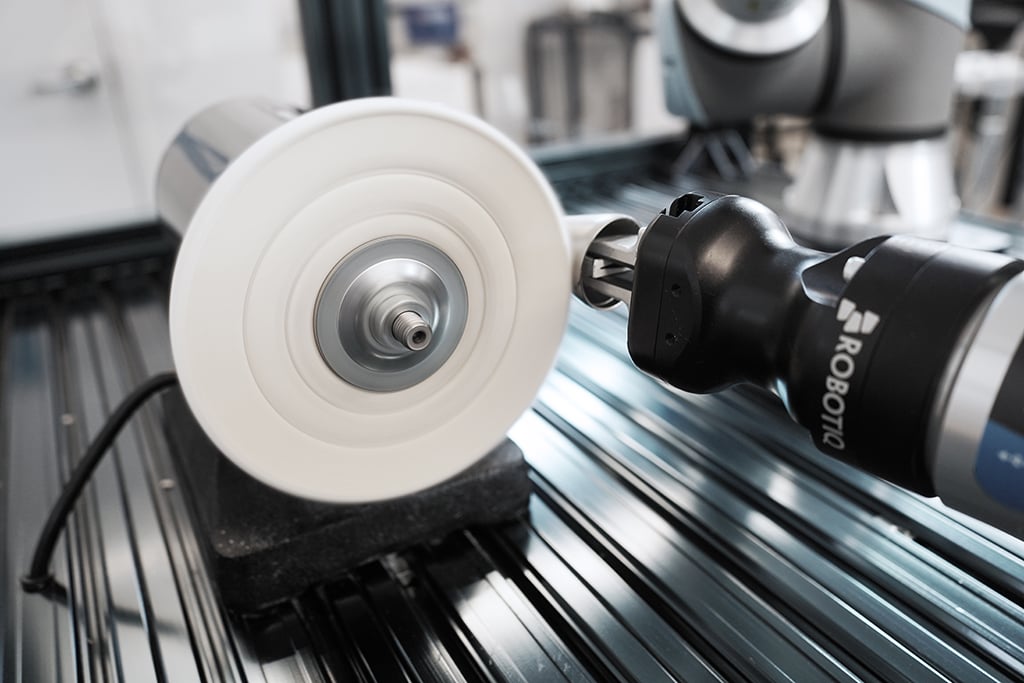

Leave a comment